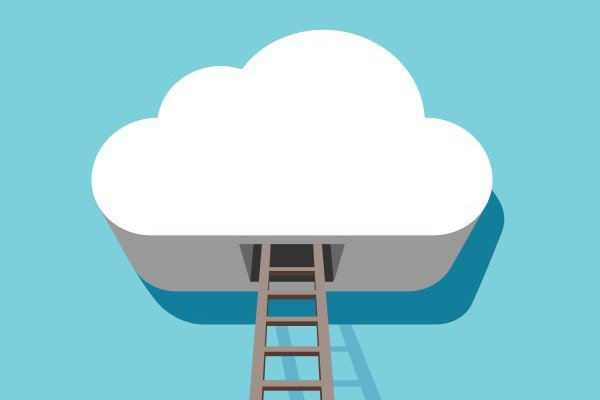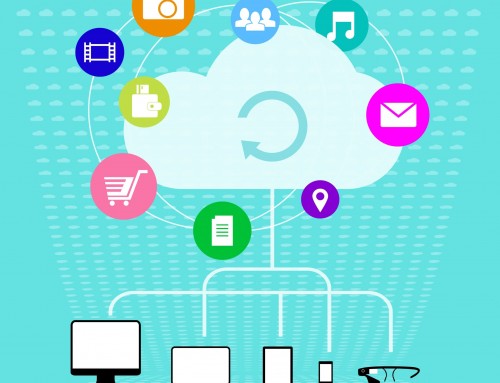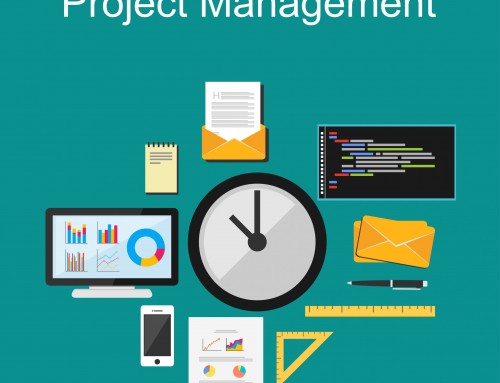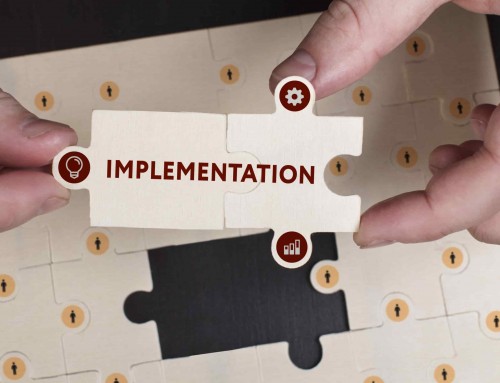Tips for Moving to the Cloud with MYOB Acumatica
Leveraging best in class technology to manage sales, inventories, procurement, customer relations, and other business functions is already a critical differentiation factor for SMEs. However, the hardware and software solutions that companies have to harness to keep pace with stiff competition are not getting any cheaper day by day. The Cloud has thus become the most viable tech option for most of these enterprises.
What Perks Does Cloud ERP Offer SMEs?
Moving your ERP to the cloud means engaging a cloud provider to host the applications and infrastructure that support your business’ operations. You’ll be accessing the computing resources via the internet from any location. ERP solutions like MYOB Acumatica (formerly MYOB Advanced) offer plenty of perks, including:
- Integration: The platform provides a centralized database, and it unifies multiple business applications, including CRM, supply chain, accounting and finance, and human resources management systems. It supports full real-time visibility into various operations and performance, allowing executives to analyze data, extract business intelligence, and make informed decisions to drive value.
- Low-cost investment: Where ERP and Software as a Service (SaaS) converge, opportunities emerge for SMEs to exploit advanced technology at relatively low costs. These businesses don’t have to buy or maintain expensive servers and software to use MYOB Acumatica. They can also take advantage of economies of scale by letting providers manage their cloud infrastructure.
- Scalability: You can scale your cloud ERP to accommodate new offices, users, or applications without incurring significant additional costs.
- Remote access: Cloud-based resources are available via the Internet, allowing remote access and collaboration.
Steps for Transitioning to Cloud ERP
Start by determining your technical requirements before choosing your ERP product. What business applications do you need to integrate? Does your preferred solution address your system integration challenges? Perhaps you want to unify disparate financial management systems, inventory management solutions, or Customer Relationship Management software. Do you need to produce custom drill-down reports?
Does the software match the structure of your organization, for example, if you operate multiple regional or international offices? Don’t forget to assess its capabilities for in-depth data analytics and visibility into your entire organization.
Review the product’s documentation and look into specifications such as system architecture. Where does the cloud provider store your enterprise data, and how safe are the servers? What are the supported business continuity safeguards and disaster recovery options?
Next, consider how informative your favourite cloud provider or vendor is. Do they have a human customer service rep on call to answer your questions?
Be sure to study the price structure. How much will you be paying per user, per month? What’s the maximum number of users does your preferred plan support, and can you scale up with business expansion?
Read the fine print too. Before signing the contract, be sure to understand the terms and conditions. What specific products are you signing up for, and who’s liable for customer data protection?
Find a reputable deployment partner to help with a seamless shift to cloud ERP. The vendor partner should provide the technical skills your organization requires to start leveraging the product right away. They’ll be handy when you need help customizing the solution for specific business functions. You can count on them for long-term support too.
Why MYOB Acumatica is an Easier Route to Cloud ERP Implementation
MYOB Acumatica provides the software integration solutions that SMEs look for in cloud-based ERP. Its architecture meets SAS 70 Type 2 cybersecurity requirements, including data encryption, everyday backups in Amazon Web Services servers, and robust disaster-recovery options. Multiple availability zones help minimize interruption to business processes in case of a glitch affecting any AWS data centre.
As an MYOB Acumatica (formerly MYOB Advanced) Platinum Partner, Leverage Technologies can help organizations adopt the Cloud ERP solution quickly and cost-effectively. We’ll study your requirements and recommend the most viable configurations for your specific business applications. Contact us today to discover more!








Leave A Comment